We recently received an email from a lovely lady located on the Essex coast in the South East of England, who was contemplating the sale of her late husband’s old military service wristwatch. The watch was found in a drawer with several other items and had seemingly lay forgotten and undisturbed for many years.
At first glance, the watch looked to be a typical example of a Smiths W10 from 1967 fitted to its original NATO strap.
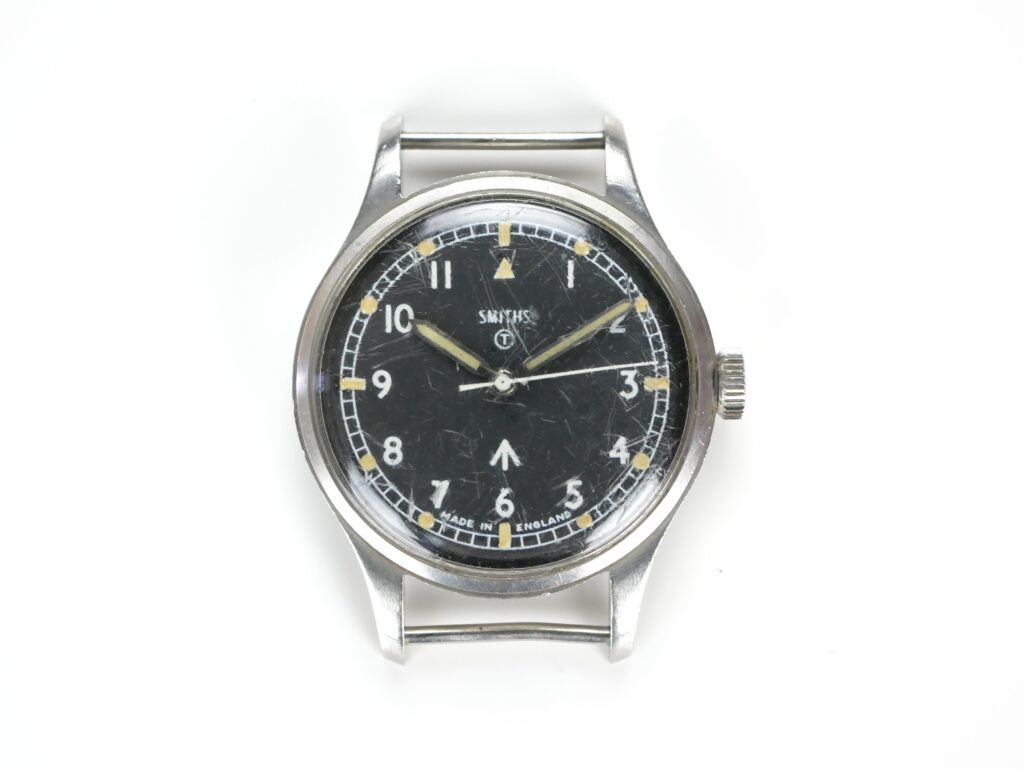
The Smiths W10 wristwatch began being issued to the British Army in the late 1960s and were used by British personnel during the Falklands in 1982 and up to the first Gulf War at the beginning of the 1990s.
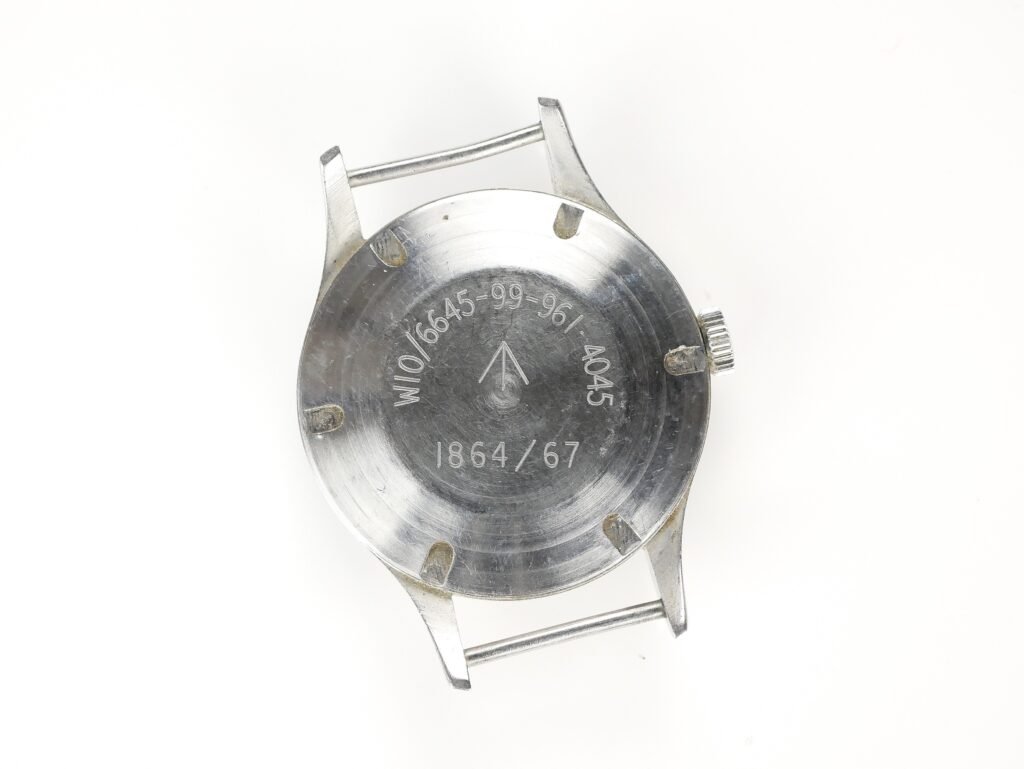
Smiths have a grand history in the UK as watch, clock and instrument makers. They are famed for having produced watches for the British military and Smiths watches even accompanied members of the first Mount Everest Expedition. Sadly, Smiths produced their last military wristwatches in the early 1970s.
Interestingly, the Smiths W10 was the last mechanical wristwatch produced in the UK to be issued to the British Army.
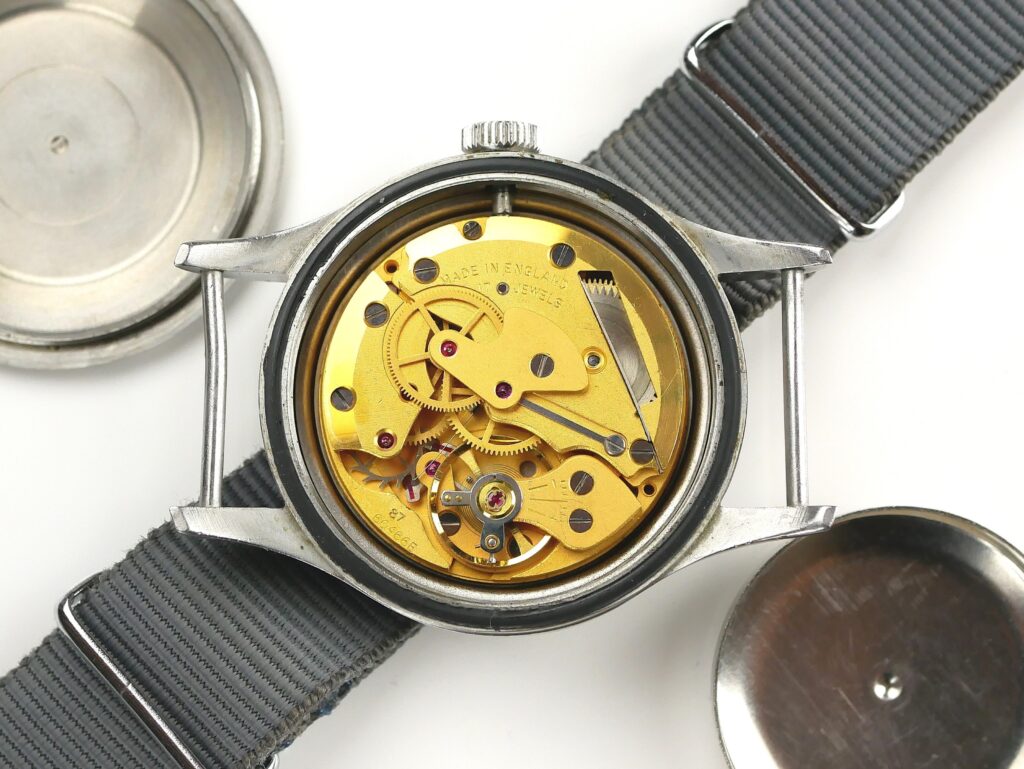
Following her initial enquiry, the lady kindly provided some further details of her late husband and his military service, which propelled the watch to a higher echelon not shared by any other Smiths W10 we have ever previously encountered.
This very special Smiths W10 c.1967 is the former property of Major M.G.Evans of The Royal Artillery Ordnance Corps (RAOC) 500352.
Michael Geoffrey Evans, known to one and all as Geoff, was born to Joyce and Norman Evans in Crewe, England on 22 April 1956.
Geoff’s father was always his hero. He served in the RAF with the famous 617 “Dambusters” Squadron and was awarded the DFC for his part in the sinking of the German battleship Tirpitz in 1944. Geoff strove to be like his father, but he was too tall, and his eyesight was too bad to be an RAF fighter pilot, so he decided to join the Army instead.
Geoff joined the British Army in 1974 and went to the Royal Military College at Sandhurst on the Regular Commissions Course under the sponsorship of the Royal Artillery. His first appointment was to 19 Ordnance Coy, British Army Training Unit Suffield (BATUS) near Suffield, Alberta, Canada.
In 1979, Geoff went on his first Northern Ireland tour with the Gordon Highlanders, where he and his soldiers were involved in the aftermath of the Warren Point massacre.
At the end of this appointment, he decided to become an Ammunition Technical Officer (ATO) and completed his ATO course between 1980 and 1981. He was deployed to Tidworth camp where he undertook his pre-operational course before being posted to No 2 Section, 321 Explosive Ordnance Disposal (EOD) Company, Londonderry from April to August 1982.
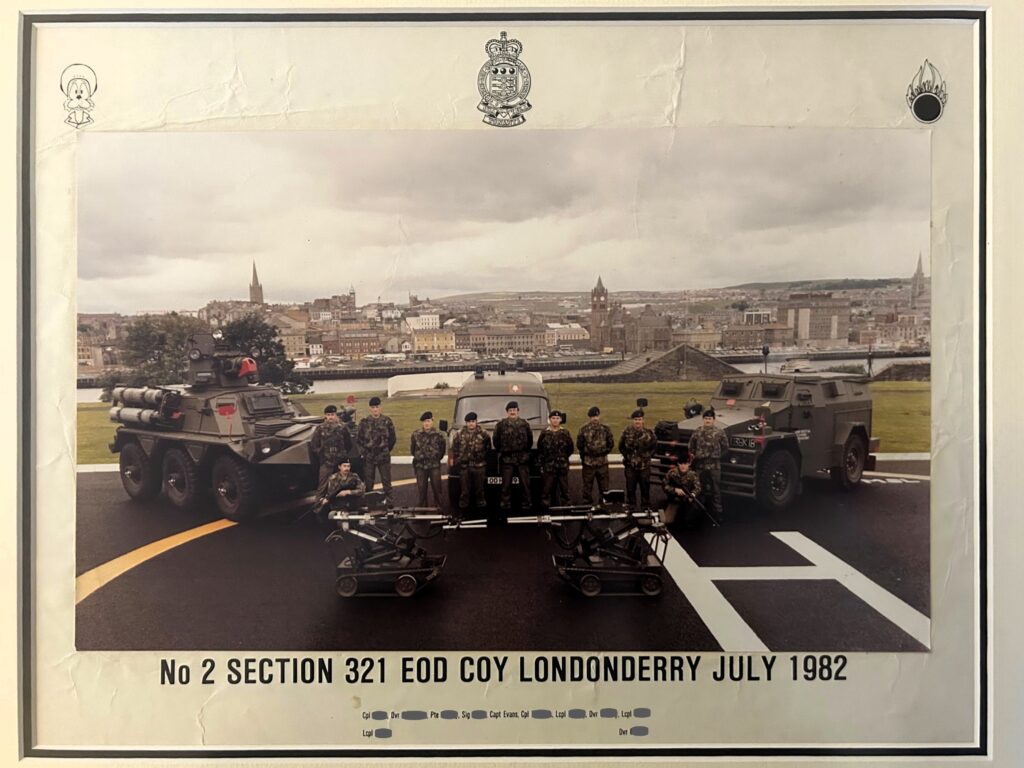
Being an ATO tasked with Bomb Disposal in Northern Ireland at this time was extremely dangerous, not only because of the nature of their work but also because they were often specifically targeted by the Irish Republican Army (IRA).
The danger and hostility they faced from the local population meant that trivial mundane tasks such as visiting the barbers for a haircut were often considered off-limits.
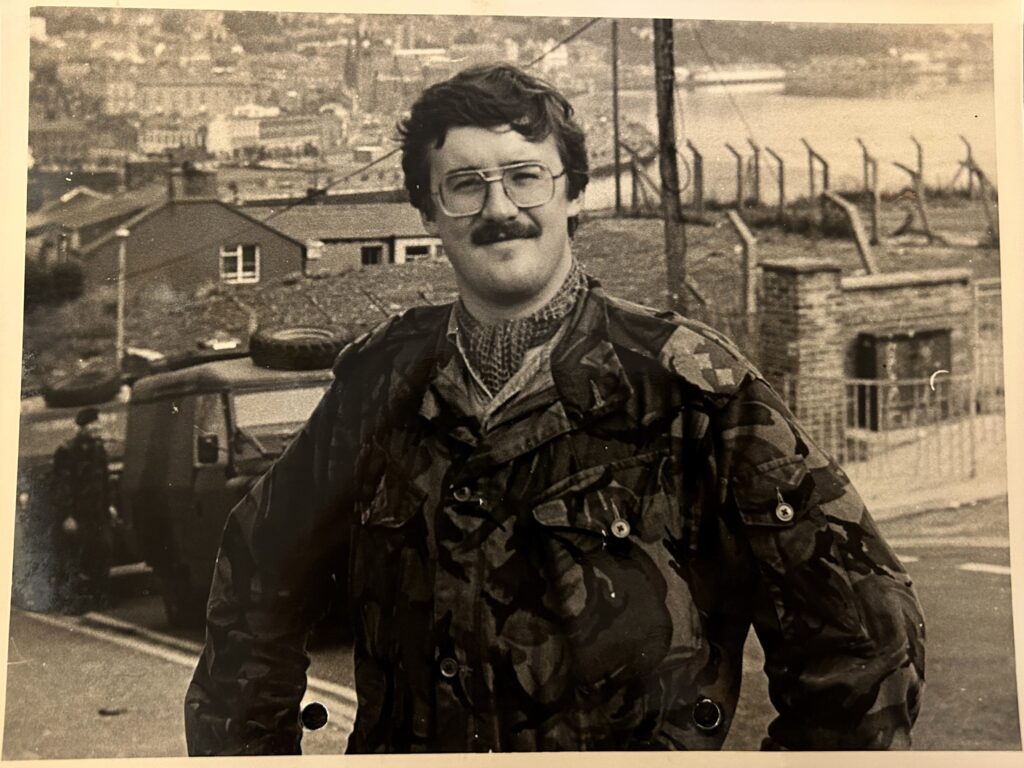
Two excellent documentaries regarding the work and dangers of Ammunition Technicians in Northern Ireland featuring 321 EOD Coy can be found on YouTube, the links to which are as follows:
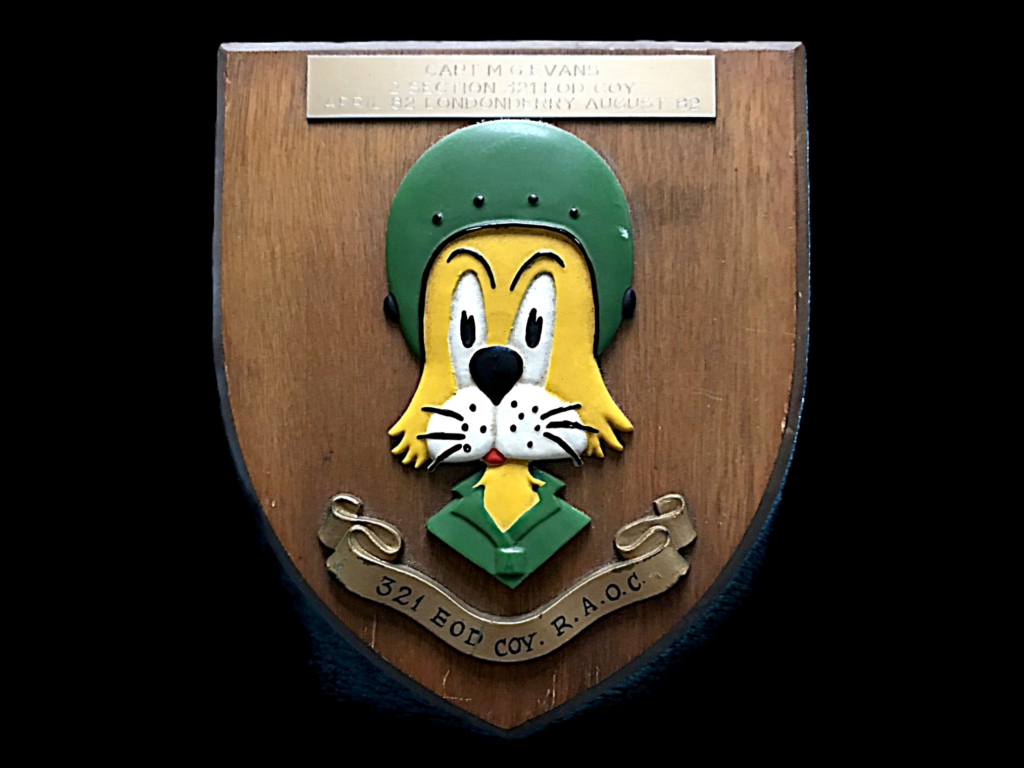
Interestingly, the 1970s WW2 drama series, Danger UXB, features one of the cast members wearing a Smiths W10. A seemingly obvious mistake on the part of the production team considering the Smiths W10 was not issued until the late 1960s!
According to his widow, Geoff and his compatriots used to watch the popular series in the officers’ mess, the majority of which used to root and cheer for the bomb! This type of dark humour no doubt helped alleviate the considerable stress and trepidation the men would have undoubtedly endured on an almost daily basis.
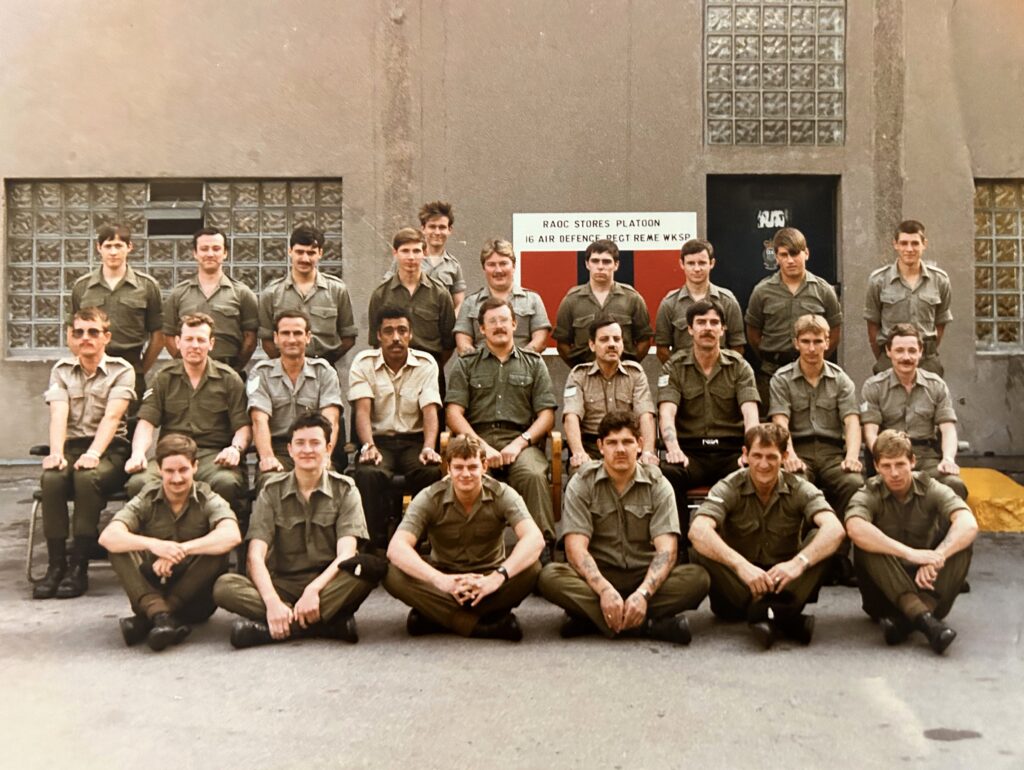
On his return to Tidworth, Geoff led a team giving explosive ordnance disposal cover to the Southwest of England during the IRA campaign on the UK mainland.
Various appointments followed, but Tidworth was his last active bomb disposal tour. Geoff regularly remarked that he always regretted the fact that after Northern Ireland he was always doing essential work running an Ammunition Depot when there was any kind of conflict. He was in Northern Ireland during the Falklands conflict and was Senior Ammunition Technical Officer (SATO) at Central Ammunition Depot (CAD) Kineton during the Second Gulf War.
Like most Ammunition Technical Officers of this era, his trade was also the logistics and management of ammunition and explosives. Until Afghanistan, there was not much call for Bomb Disposal work so the expertise learnt during training was used to ensure the safety of ammunition stores and the correct disposal of them when required.
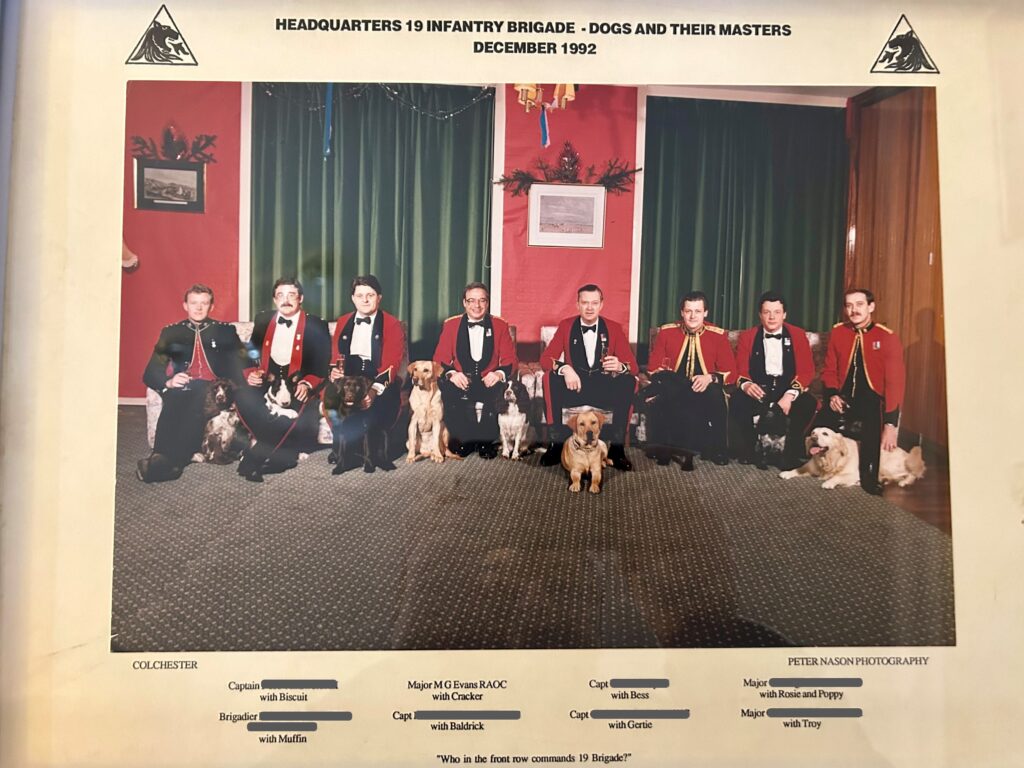
On leaving the Army in 1995, Geoff worked for the Ministry of Defence (MoD) and then QinetiQ as a Trials Manager and Senior Trials Manager. These jobs involved carrying out static explosive trials to help formulate safe storage and transport procedures and improved EOD techniques. Geoff was responsible for the design planning and conduct of these activities, including safety and performance trials to get Storm Shadow air to ground missiles quickly into service for the Second Gulf War, and the design of a blast-proof atrium following the IRA mortar attack on 10 Downing Street in 1991. Geoff finished his career with the MoD as their resident manager on-site and retired in 2022.
Sadly, in November 2024, Geoff’s’ health deteriorated, and he passed away on 10 January 2025.
I have always had a profound fascination and respect for the perilous work of Bomb Disposal and the supremely brave men and women, such as Geoff, who have served in its cause and continue to do so. Knowing this, Geoff’s widow very kindly included a pair of his detonator crimping pliers and one of his original ATO embroidered badges with the watch. It also comes with a letter of provenance from her together with some copy photographs taken throughout Geoff’s military service.
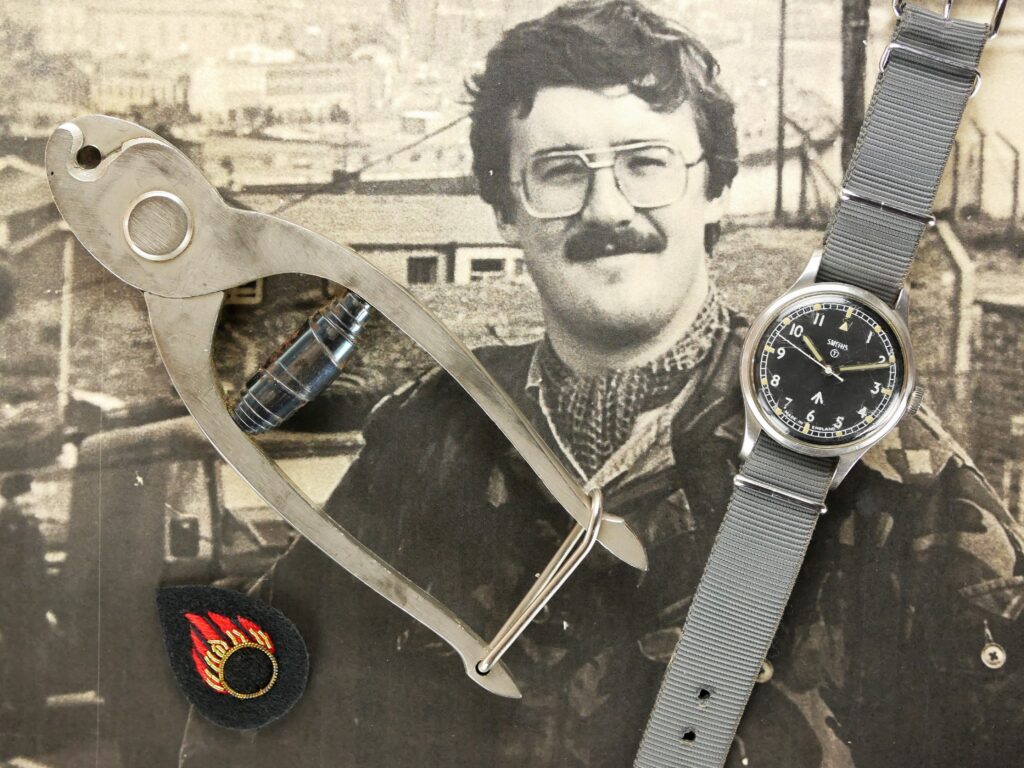
Geoff was extremely well respected and is remembered fondly by all who were fortunate to have known him.
As declared by The Shoeburyness and South Essex Branch of The Royal Artillery;
“Geoff was the best of us, a professional career soldier who carried himself as an exemplar of service life and was loved and respected by all who had the privilege to meet and work with him”.
A former colleague who served with Geoff stated that they respected him both as a man and an officer, and he will be greatly missed.
Major Geoff Evans RAOC (1956 -2024)
Sua tela tonanti
Ubique
Rest in peace, Sir. Duty done.
Thank you for your interest.